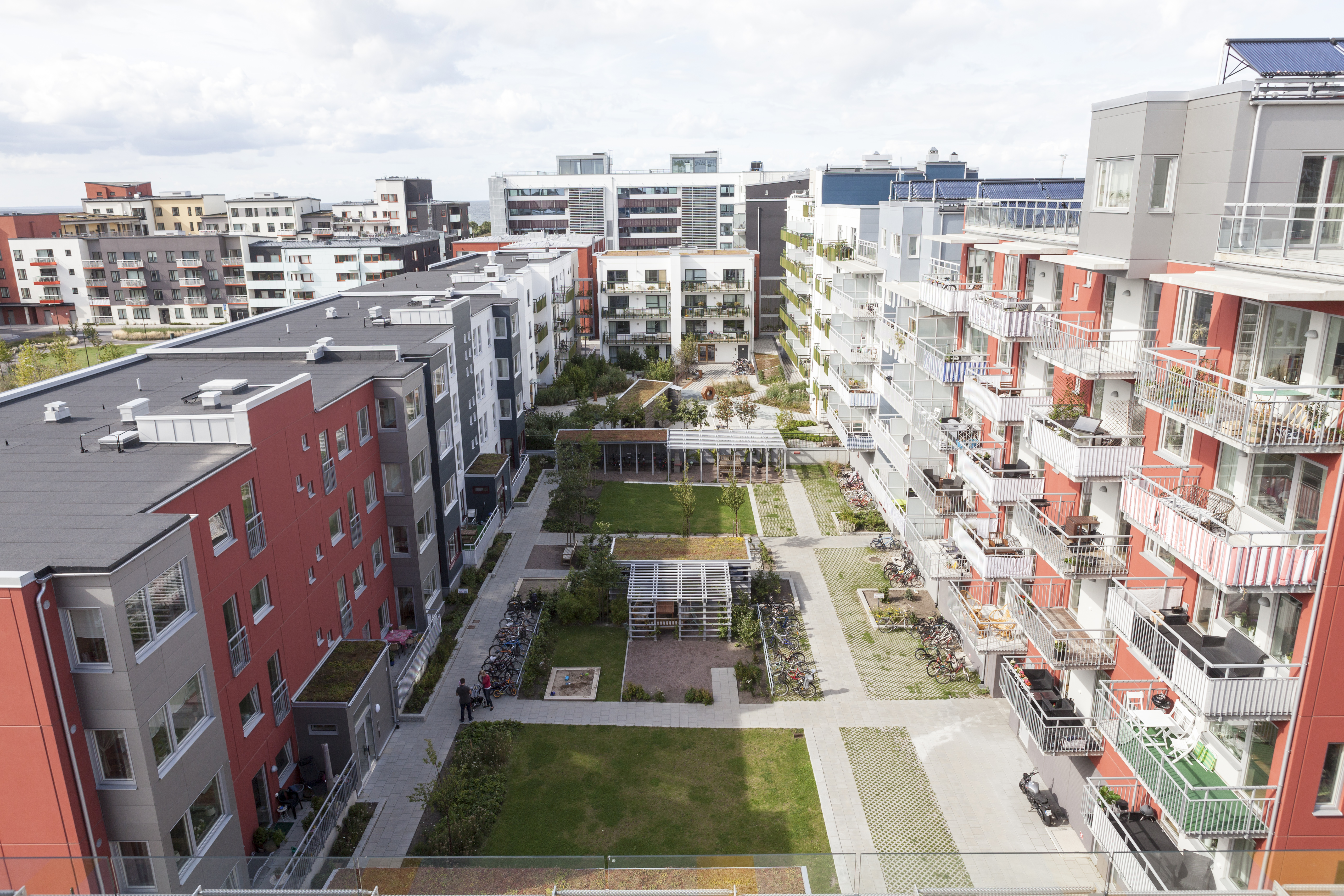There are several aspects that are essential in the realisation of a successful partnership. One of the most essential factors is trust between the partners. Trust was not evident at the start of the first stakeholder partnership processes for the urban development of Augustenborg. In some cases, developers were found to have difficulties trusting each other since they are usually competitors. New stakeholders are sometimes found to be distrusting of the city. A stakeholder participation process should therefore always start with a site visit to engage everyone at the location. It is important not to start the process with a regular meeting as this tends to cause the participants to quickly get locked-in to their familiar positions. The site visit is followed by a series of seminars and discussions during which stakeholders are divided in sub-groups. These seminars and discussions are initiated by the city and focus on a specific plot or topic. As trust needs to build over time, it makes the stakeholder partnership process less suitable as a solution to short term (policy) problems. However, once trust is gained it is a very powerful tool to realise more sustainable developments at limited public financial investment.
There are also external factors beyond the city’s control that can influence the success of a stakeholder partnership process. Environmental awareness among stakeholders is important to the success of a stakeholder partnership. At the start of the process for Augustenborg this awareness was found to be very limited. Other factors that can influence the success of a partnership are developments in national legislation. Until 2016 the stakeholder participation process was complemented by the ‘Environmental Building Code’. This municipal program includes additional technical building requirements, such as energy norms and nature compensation requirements. The Green Space Factor, a tool applied in the Western Harbour case, has been integrated into the program. It was in use for almost 10 years, but a recently passed national legislation has made it impossible to impose more stringent technical legislation at the municipal level. It is not known yet how the implementation of the stakeholder partnership process without the ‘Environmental Building Code’ will affect its impact.
A stakeholder partnership process can be a useful policy instrument when a city is not financially responsible for the implementation of an urban development, yet would like to exert maximum possible guidance towards targeted sustainability goals for the area. The stakeholder participation process does however require an investment of time from the municipality without a guarantee for success. It also requires an interest of private parties in developing the site. In the case of Malmö, the development of these urban sites by private developers has traditionally been a standard practice. The process therefore works especially well for urban development projects. Other than the investment of time and the use of municipal facilities, the stakeholder participation process does not involve any additional financial investment. It can therefore be a successful tool to implement climate adaptation measures when a city is prepared to invest sufficient time and have patience to see visible results in the long term.
National and European funding can provide stakeholders in a partnership process with a complementary source of financing to realise environmental measures. It is, however, not a condition for success. In the case of Western Harbour, public funding was obtained to realise the first 3 phases of the development. The 4th phase, while generally being considered the most sustainable part of Western Harbour, did not involve any public funding. This difference can be explained by the generally increased environmental awareness of society by the time the 4th phase was implemented. Through the stakeholder participation process the city gets a good sense of the intentions and means of the developers to realise the city’s environmental vision. The stakeholder participation process therefore allows the city to identify more specifically the type and amount of public funding needed, which consequently increases the chance of success of realising the sustainable development as envisioned.



